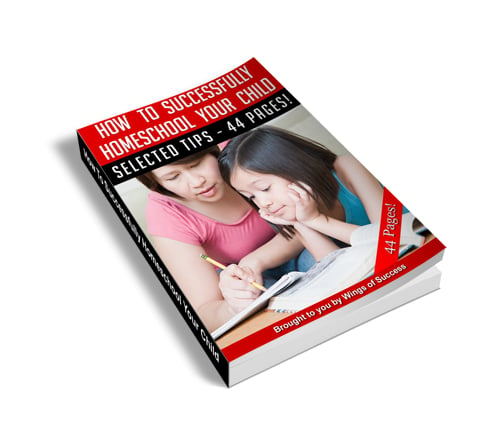
How to successfully home school your child
One of the greatest things about home schooling is that you are not in any way limited like you are in a standard academic environment. There is no need for your children need to sit, back- straight, at a table for a strict hour long lesson. Try and think of what you're doing not as "school at home" but "home schooling." There is an important difference between these two ideas, one of philosophies: home schooling is much more than conducting standard lessons and schoolwork at home - the "home" becomes part of the schooling itself. So let's say you're teaching science, and Galileo's theory that when objects fall they increase their velocity at a standard rate, regardless of mass. That sort of thing might not resonate too well with a child when taught in a classroom, explained on a blackboard while sitting a desk. If you go outside and drop a tennis ball and a rock off the roof, however, your child will no-doubt be astounded when the objects fall at the same speed, and the lesson will stick. In a similar way if you're teaching biology don't hesitate to take the children outside to examine an ant colony or some plants. By home schooling you open yourself to a world of teaching opportunities that simply aren't practical in a public or private classroom. You can take advantage of the fact that children often learn better in a more comfortable and flexible setting: if your child wants to listen to his math lesson while sitting on the couch, let him. While you want to be careful, of course, to avoid encouraging a lack of discipline in teaching, you want to use "home schooling" to expand the educational experience. Proper home schooling means that the entire home, and all the time spent there, can be incorporated into the educational process, allowing for a more hands on, and in many ways more effective, education.

